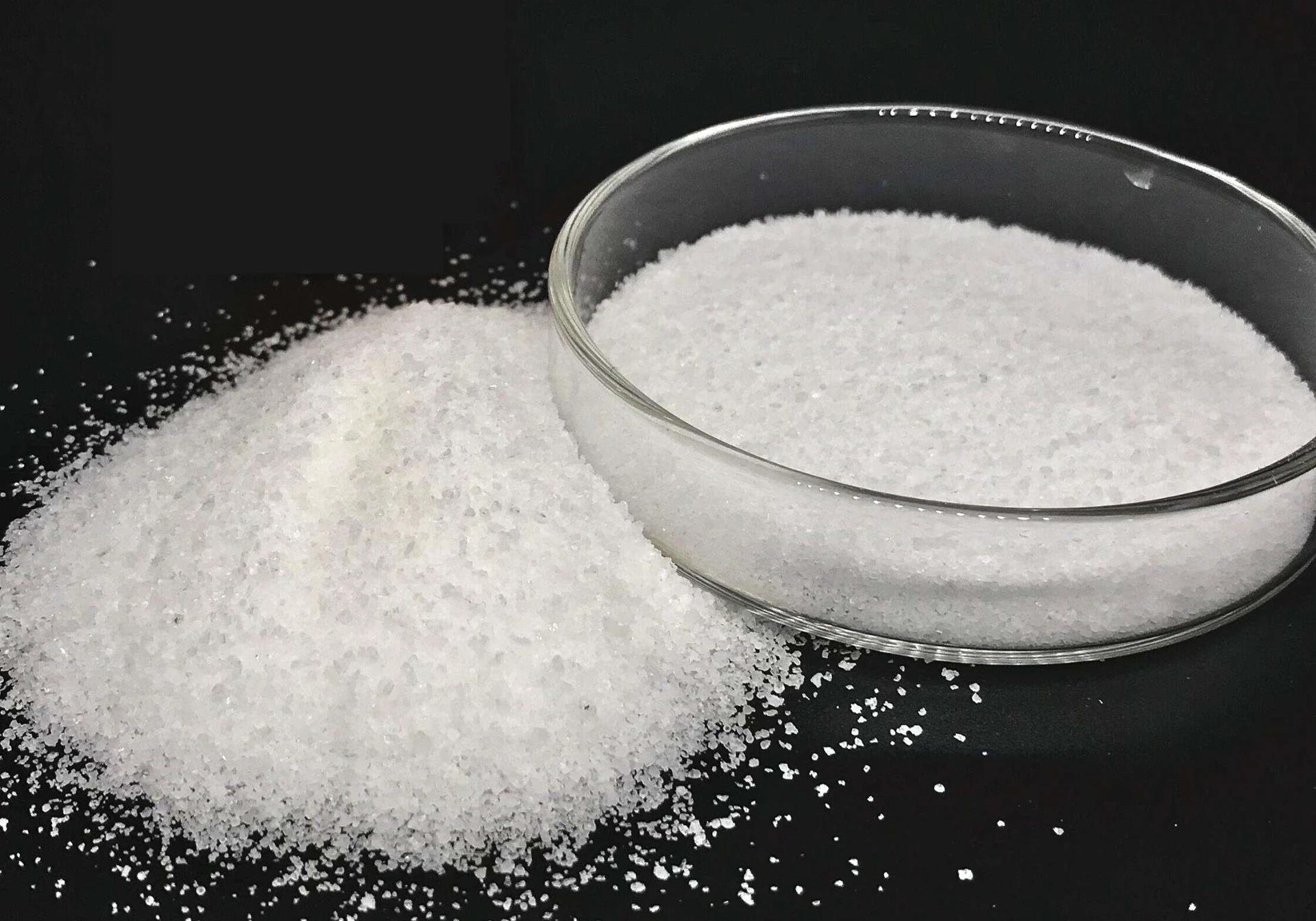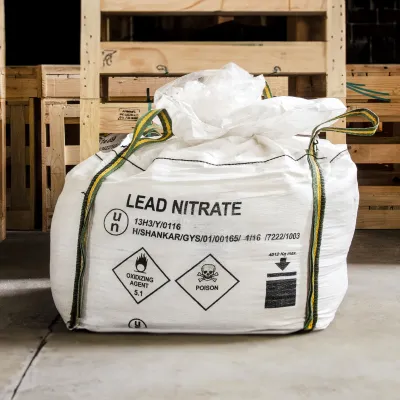



Mono Ammonium Phosphate Fertilizer Uses High-Efficiency Crop Nutrition Solution
- Introduction to Mono Ammonium Phosphate Fertilizer Uses
- Understanding the Chemical Structure and Effectiveness
- Direct Comparison: MAP vs. MKP Fertilizer Usage
- Analyzing Manufacturer Options and Market Performance
- Customized Fertilization Programs for Precision Agriculture
- Real-World Application Case Studies and Data Insights
- Conclusion: Maximizing Yields with Mono Ammonium Phosphate Fertilizer Uses

(mono ammonium phosphate fertilizer uses)
Introduction to Mono Ammonium Phosphate Fertilizer Uses
Mono ammonium phosphate fertilizer, commonly abbreviated as MAP, has become a preferred choice for growers worldwide seeking optimal plant nutrition and soil enrichment. Renowned for its high concentration of phosphorus and nitrogen, mono ammonium phosphate fertilizer uses
extend across multiple crop types and growth stages. The product’s solubility and compatibility with various soil types make it an essential component in both row crop and horticultural systems. Growers benefit from MAP’s role in rapid root development and efficient nutrient use, which translates into increased yields and improved crop quality. This article explores different mono ammonium phosphate fertilizer uses, technical features, industry comparisons, and application cases that demonstrate the broad benefits MAP delivers.
Understanding the Chemical Structure and Effectiveness
The fundamental advantages of MAP originate from its molecular profile. It contains approximately 11% nitrogen (N) and 52% phosphorus pentoxide (P2O5), ensuring a balanced supply of nutrients critical for early growth and fruiting stages. Unlike some granular fertilizers, MAP dissolves promptly in water, allowing for uniform distribution in soil and efficient root absorption. This solubility is pivotal for fertigation systems and foliar spraying, reducing wastage and ensuring plant-available nutrients on demand.
Over 90% of the phosphorus in mono ammonium phosphate fertilizer is in a water-soluble form, leading to a higher efficacy compared to conventional superphosphates. Studies have shown that crops treated with MAP-based programs can achieve up to 25% higher phosphorus utilization rates. This efficiency means lower overall fertilizer application rates, resulting in both economic and environmental benefits for large-scale and precision agriculture.
Direct Comparison: MAP vs. MKP Fertilizer Usage
In modern agriculture, both mono ammonium phosphate and mono potassium phosphate (MKP) fertilizers serve as primary sources of phosphorus, but they differ in nitrogen and potassium contribution. The table below summarizes key technical differences and common uses for MAP and MKP fertilizers:
| Attribute | Mono Ammonium Phosphate (MAP) | Mono Potassium Phosphate (MKP) |
|---|---|---|
| Chemical Formula | NH4H2PO4 | KH2PO4 |
| Typical Composition | 11% N, 52% P2O5 | 0% N, 52% P2O5, 34% K2O |
| Primary Usage | Starter fertilizer, basal application | Foliar fertilizer, hydroponics, fruiting and flowering stages |
| Solubility (g/L at 20°C) | 370 | 230 |
| pH Effect on Soil | Slightly acidic (pH 4.2-4.8) | Near neutral (pH 4.3-4.6) |
| Compatibility | Most fertilizers, except alkaline materials | Compatible with most fertilizers |
While mono ammonium phosphate fertilizer is ideal for supporting seedling establishment due to its nitrogen content, mono potassium phosphate fertilizer uses are best for enhancing fruit size, sugar content, and resilience under stress. Selecting between these fertilizers depends largely on crop needs and developmental stage.
Analyzing Manufacturer Options and Market Performance
The global MAP fertilizer market features a wide spectrum of manufacturers, from multinational giants to regionally focused suppliers. Leaders include Mosaic, Nutrien, OCP Group, EuroChem, and ICL Specialty Fertilizers. Each manufacturer employs unique purification and granulation technologies, affecting product purity, dissolution rate, and logistical shelf life.
According to International Fertilizer Association data (2023), Mosaic leads global MAP production with a 21% market share, followed by Nutrien at 16%, and OCP Group at 15%. Customer benchmarks often prioritize nutrient consistency and anti-caking features, with certain brands reporting dissolution rates as high as 99% under standard irrigation system conditions. European and North American producers typically rank higher for stringent environmental compliance in phosphate sourcing and finished product certification.
Price competitiveness is also notable. In recent procurement tenders, MAP pricing (bulk) averaged around $540/metric ton, while superior-grade MKP fetched upwards of $870/metric ton, highlighting the economic advantage of MAP when both phosphorus and nitrogen are required. Farmers and distribution cooperatives increasingly seek technical guidance tailored to local climate and soil conditions, accentuating the value of manufacturer support services.
Customized Fertilization Programs for Precision Agriculture
Modern farming requires precision in fertilizer management to optimize yields while minimizing waste. Customized solutions based on soil testing, crop rotation, and specific nutrient uptake rates can maximize the benefits of both MAP and MKP. For instance, early-spring application of mono ammonium phosphate fertilizer at 120–180 kg/ha as a starter reliably boosts wheat and corn root mass by 15–18% within the first 30 days after sowing.
Integrated nutrient management systems frequently combine MAP with potassium- or micronutrient-enriched solutions, building a targeted package based on satellite imagery and growth analytics. These custom approaches can reduce input costs by up to 12% and improve yield reliability during erratic weather. Many consultancy-driven programs now deploy MAP in conjunction with controlled-release formulations or microbial soil amendments, unlocking further agronomic potential. Digital platforms and field sensors enable real-time adjustment of fertilizer doses to match plant demand, minimizing runoff and improving total nutrient efficiency.
Real-World Application Case Studies and Data Insights
Data from multi-location field trials provide convincing evidence of MAP’s performance across diverse geographies and crop categories. For example, a three-year study across Midwest United States corn fields implemented a split application of MAP (180 kg/ha at sowing, 90 kg/ha at V4 growth stage), resulting in average yield increases of 0.6–0.9 metric tons per hectare compared to conventional phosphorus sources. Root sampling showed enhanced early vigor and uniform nutrient uptake, with tissue analyses indicating optimal phosphate and nitrate levels at key developmental intervals.
In high-value horticulture, tomato growers in Southern Europe adopted a fertigation regime based on MAP, reporting a 17% increase in harvestable fruit per plant and a 25% fall in incidence of blossom-end rot, directly attributed to consistent phosphorus supply. Meanwhile, in apple orchards, the integration of MAP with foliar MKP at fruit set improved fruit size distribution and elevated total marketable yield by approximately 12%.
Greenhouse and hydroponic producers have similarly leveraged the rapid dissolving properties of MAP for seedling propagation and early growth, resulting in uniform stands and improved transplant shock resilience. Across all cases, the key observation is that correct timing and precise delivery of nutrients amplify the already robust technical advantages of mono ammonium phosphate.
Conclusion: Maximizing Yields with Mono Ammonium Phosphate Fertilizer Uses
The strategic use of mono ammonium phosphate fertilizer uses is fundamental to modern, yield-driven agriculture. By understanding its unique chemical characteristics, comparing with alternatives like MKP, and partnering with reputable manufacturers, growers can tailor fertilization strategies to meet precise agronomic goals. Tailored programs and real-world evidence confirm that integrating MAP consistently drives superior crop performance, economic returns, and environmental stewardship. Whether in broad-acre cereals, specialty horticulture, or controlled environment agriculture, the use of mono ammonium phosphate fertilizer remains a cornerstone of efficient and responsive plant nutrition.

(mono ammonium phosphate fertilizer uses)
FAQS on mono ammonium phosphate fertilizer uses
Q: What are the primary uses of mono ammonium phosphate fertilizer?
A: Mono ammonium phosphate fertilizer is primarily used as a source of both nitrogen and phosphorus for plants. It's commonly applied to promote strong root development and healthy plant growth. It is suitable for a wide variety of crops.
Q: How does mono potassium phosphate fertilizer benefit crops?
A: Mono potassium phosphate fertilizer provides plants with easily absorbable potassium and phosphorus. These nutrients enhance flowering, fruiting, and overall plant vigor. It's ideal for use during critical growth stages.
Q: Can mono ammonium phosphate fertilizer be used for foliar feeding?
A: Yes, mono ammonium phosphate fertilizer can be dissolved in water for foliar application. This allows direct absorption by leaves for quick nutrient uptake. It is especially useful when soil application isn’t possible.
Q: What crops most benefit from mono potassium phosphate fertilizer?
A: Fruits, vegetables, and ornamental plants benefit greatly from mono potassium phosphate fertilizer. It is especially effective for crops requiring higher potassium during growth or fruiting. Examples include tomatoes, grapes, and roses.
Q: Is mono ammonium phosphate fertilizer suitable for all soil types?
A: Yes, mono ammonium phosphate fertilizer is generally suitable for most soil types. However, soil testing is recommended for optimal results. This helps ensure the correct balance of nutrients for your crops.
-
Why Sodium Persulfate Is Everywhere NowNewsJul.07,2025
-
Why Polyacrylamide Is in High DemandNewsJul.07,2025
-
Understanding Paint Chemicals and Their ApplicationsNewsJul.07,2025
-
Smart Use Of Mining ChemicalsNewsJul.07,2025
-
Practical Uses of Potassium MonopersulfateNewsJul.07,2025
-
Agrochemicals In Real FarmingNewsJul.07,2025
-
Sodium Chlorite Hot UsesNewsJul.01,2025










